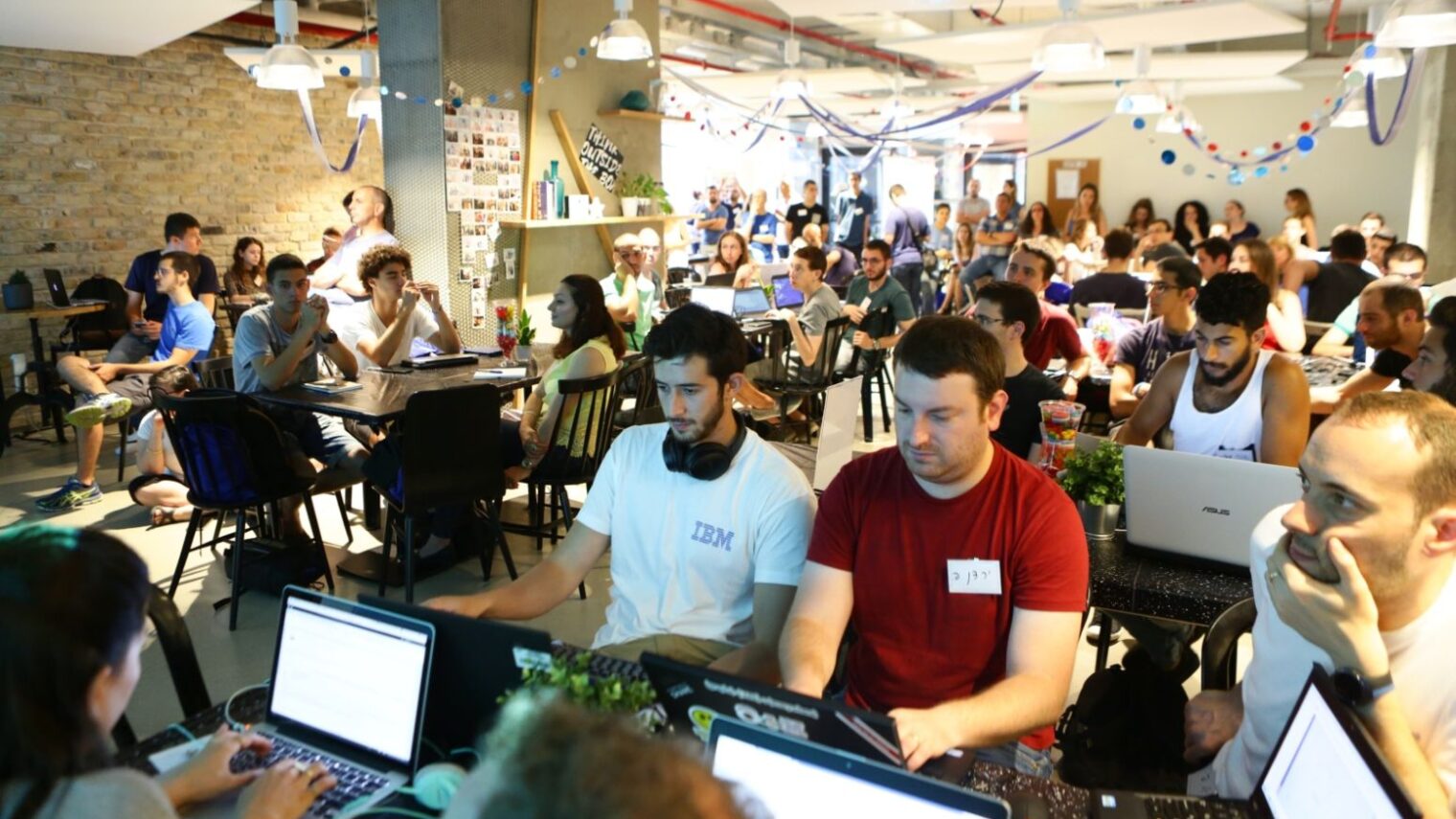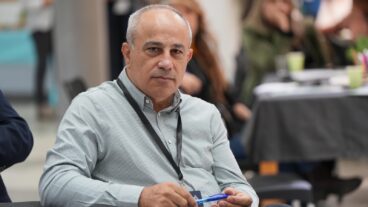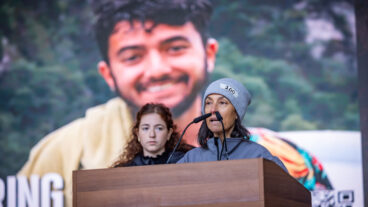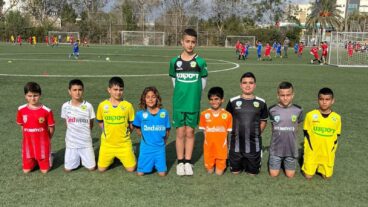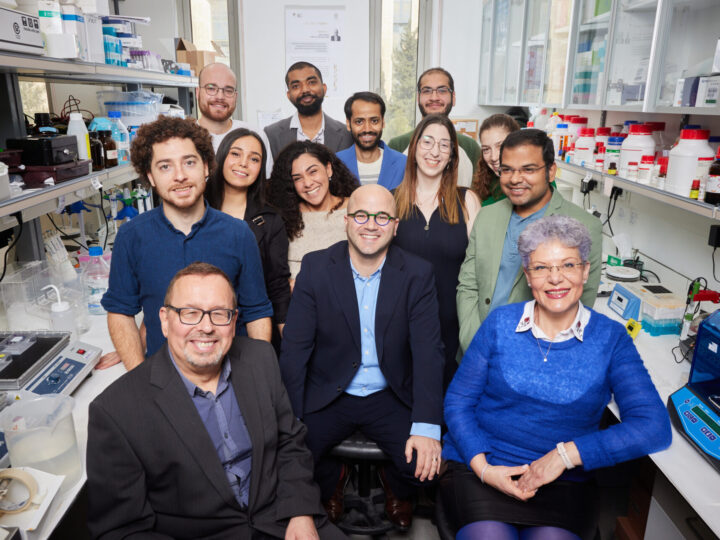Sarah and Avraham (not their real names) juggle high-tech careers with parenting an autistic child. It is never easy to find a babysitter for an evening out, let alone 24 hours away from home – but they managed to participate in a recent overnight hackathon hosted at the Tel Aviv offices of Playbuzz.
“The hackathon tried to find solutions for the many challenges of autistic children,” explains Sarah. “Our goal was to be a part of this miracle.”
The unusual tech marathon was a joint effort between the Israeli Air Force’s elite Ofek (Horizon) technology unit and ALUT, the Israeli Association for Autistic Children.
About 85 volunteers, including current and former members of the squad, gave up a night’s sleep to organize and participate in the event, whose purpose was to design projects that could ease the lives of autistic children, their families and therapists. Sponsors included IBM, Dell EMC, Samsung NEXT, mPrest Systems and Interblog.
Months of brainstorming among Ofek graduates and parents, counselors, professional therapists and ALUT staff members identified challenges such as understanding social situations and choosing an appropriate response; remembering how to accomplish everyday activities; and expressing emotions.
“It’s difficult for autistic children to decipher social situations and decide how to react. We can show them a picture of a smiling or an angry face but they don’t know how to relate the situation to the facial expression and have to learn how to do it,” Sarah tells ISRAEL21c.
Sarah and Avraham’s team designed a prototype Emotion to Expression (e2e) app based on research that autistic children can be trained to imitate facial expressions conveying happiness, surprise, fear, disgust, anger and sadness.
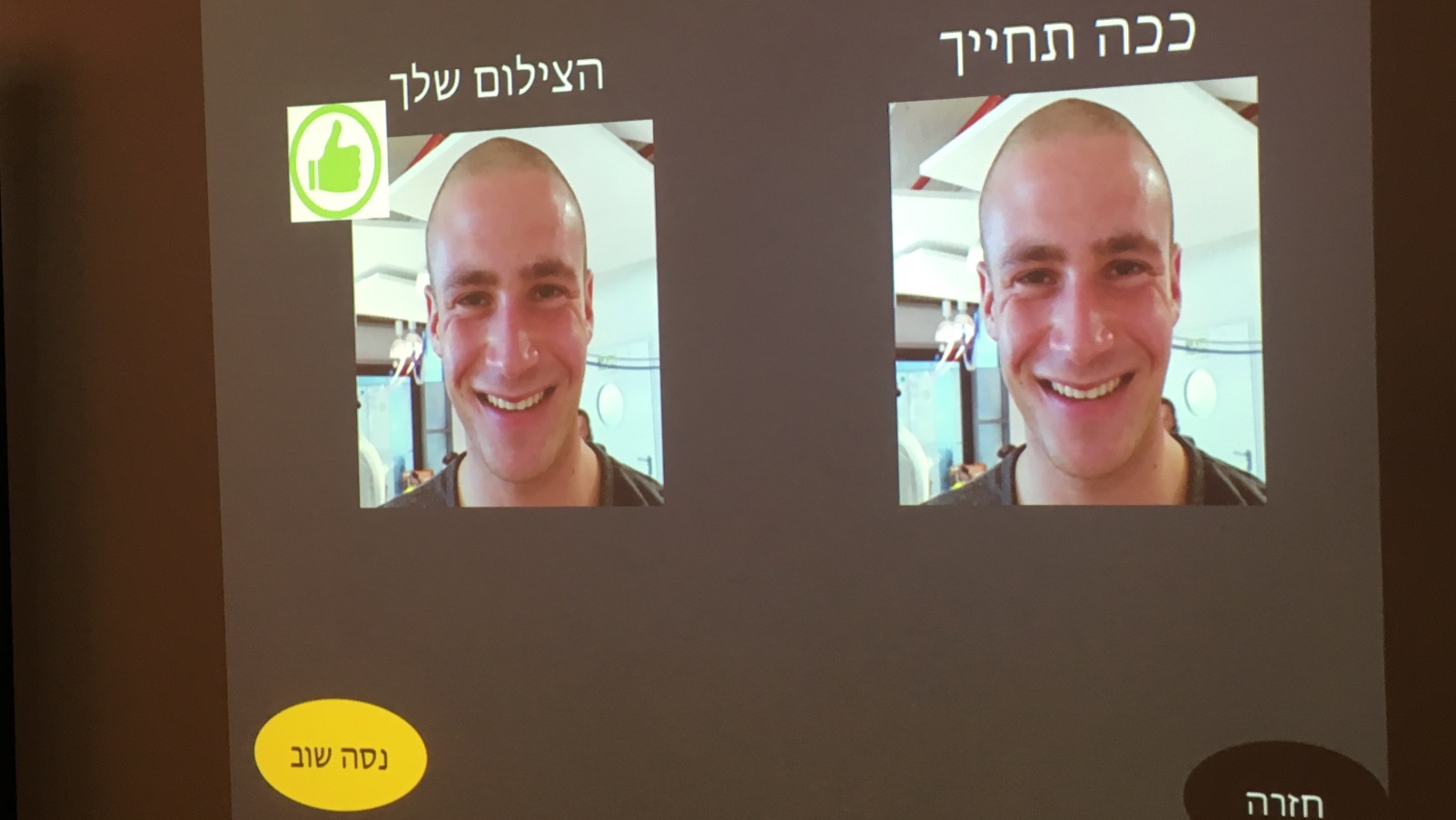
However, Avraham explains, “They don’t simply see the behavior and copy-paste to themselves. Changing something from the inside is much harder.”
Based on conversations with people on the autism spectrum, the team decided it would be more effective to have autistic people try to imitate their own faces. The app guides them interactively in identifying the process of smiling step by step. Then they use the phone’s camera to take their own picture.
“The software changes the face to make it smile and tells him this is how he’s supposed to smile. Then it takes his picture smiling, and he gets instant feedback that scores him on how well he mimicked the expression,” says Sarah. “For those who have never smiled, this is an amazing accomplishment!”
Another challenge addressed at the hackathon was voice modulation. People on the autism spectrum tend to speak robotically and loudly, inadvertently causing tension and confrontation, Sarah explains.
In response, one of the hackathon teams designed a high-tech device that alerts the speaker to inappropriate patterns and allows him or her to adjust volume and pitch. The idea is that the constant feedback will train users to adjust without prompting.
Another project was a smart checklist that breaks down everyday tasks into ordered subcomponents, using audible alerts to prompt each action.
“For example, brushing teeth is broken down into small actions like opening the toothpaste tube. As the person gets used to performing each action independently, the list gets shorter,” Avraham says
Music can help many people on the autism spectrum relax and communicate, but motor limitations often prevent them from using standard musical instruments.
One of the hackathon teams devised Music Motion, an on-screen musical instrument that enables the user to produce a melody with simple body motions, select background rhythms and see a visual component that translates into moving colored circles.
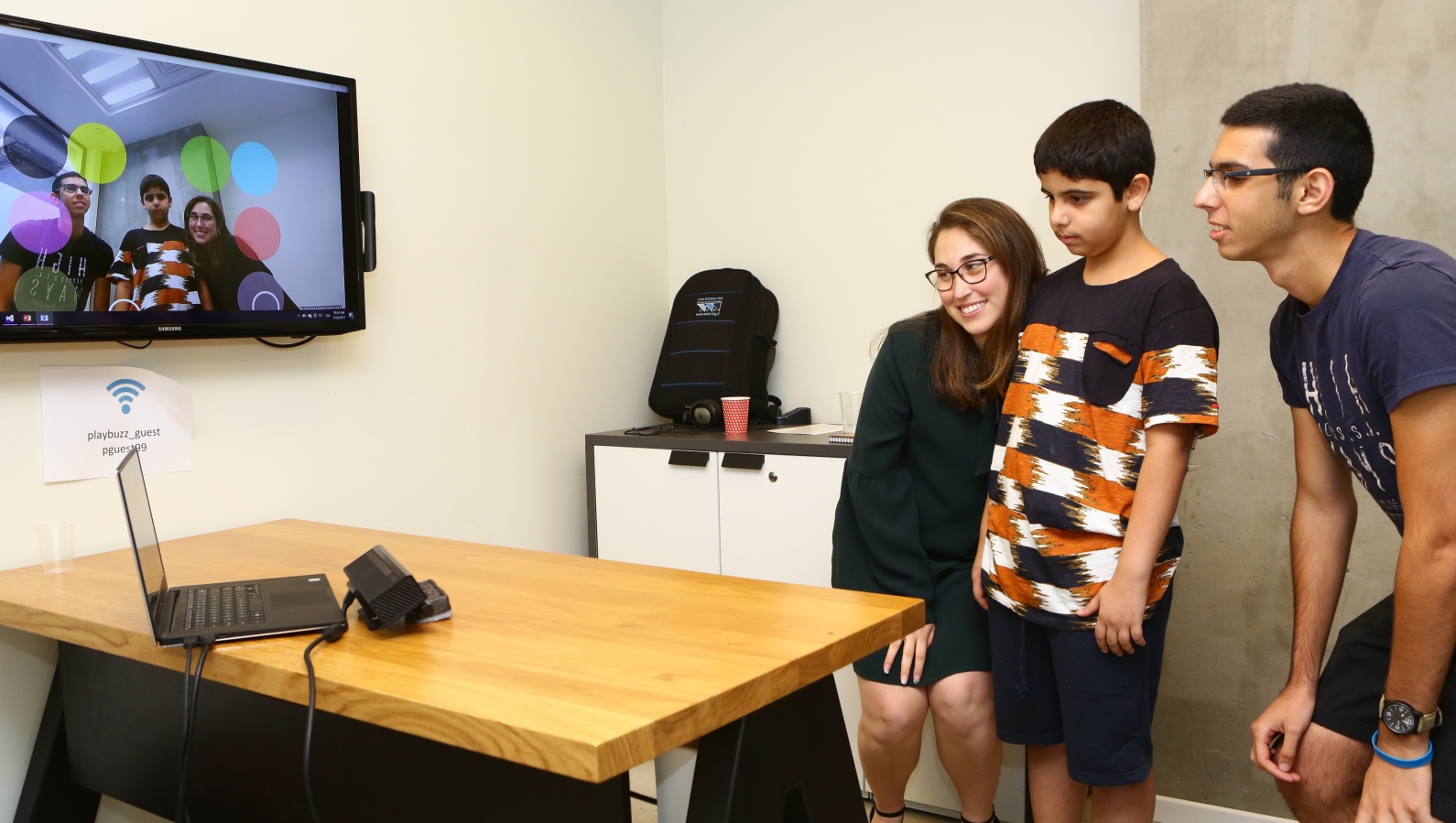
Solutions for better non-verbal communication, diagnostics, group management and coordination among therapists and caregivers were among the other products proposed at the hackathon.
“Ofek graduates are at the heart of Israeli high-tech,” said Arkady Gurevich, chairman of the Ofek Alumni Association. “As soon as the association was founded [in 2015], we decided to take the professional knowledge we had accumulated and return it to the community in the form of a contribution to the third sector. In this sector there are very large gaps in the field of technology compared to the business sector, and on the other hand they have the same needs.”
ALUT was the alumni association’s first community project partner. “We have succeeded in creating an electrifying atmosphere for participants and mentors and we have shown the value of combining technology with the third sector,” Gurevich said at the end of the hackathon.
Adding another layer of prestige to the event, the panel of judges choosing the best projects from 12 teams included pioneering serial entrepreneur Yossi Vardi; former Apple Israel CEO Aharon Aharon, who now heads the Israel Innovation Authority; and Amos Shapira, chairman of ALUT.
Shapira surprised the audience by announcing his commitment to invest ₪25,000 in “Together,” an app that would help teachers keep closer tabs on groups of children. The organization is seeking entrepreneurs willing to invest in the other projects as well.
For more information, click here.




